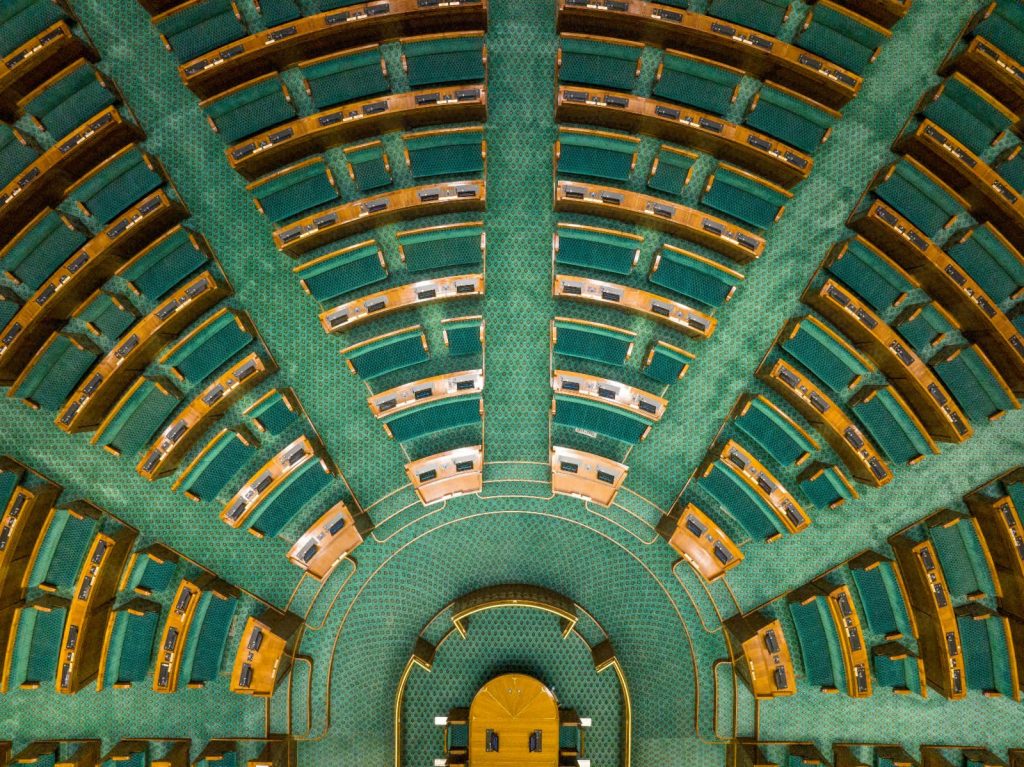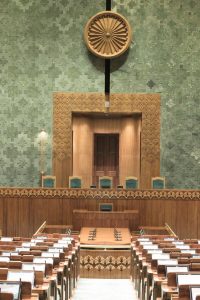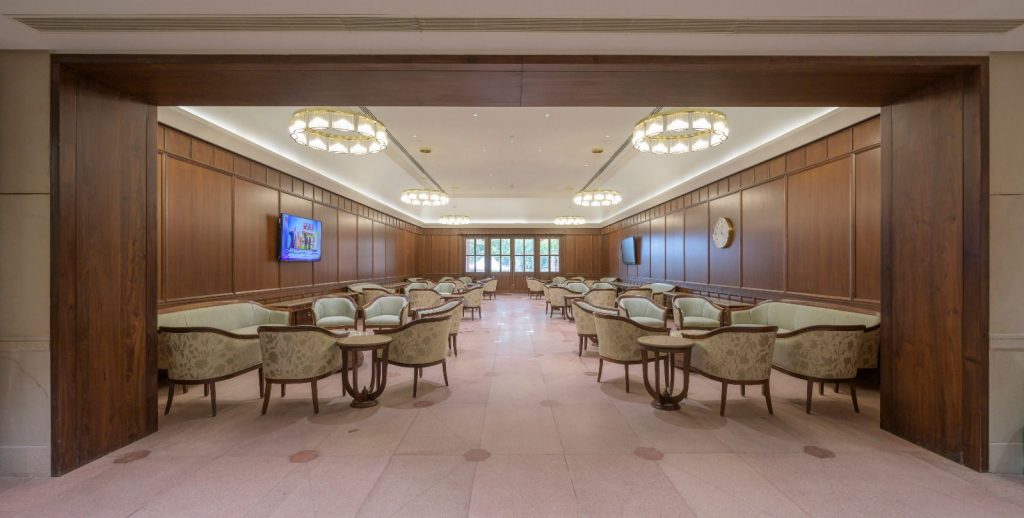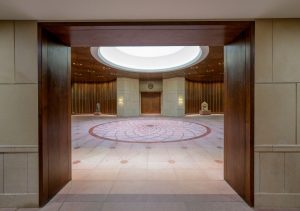New Delhi: The inauguration of the new Parliament building saw Prime Minister Narendra Modi performing a pooja on the premises on Sunday, following which he placed the Sengol in the new Lok Sabha chamber.
Built at a cost of Rs 971 crore, Architect Bimal Patel calls his new “masterpiece” the true replica of “Rising India”.
The new building is triangular in shape, mostly because the plot of land that it is built on is triangle. Architect Bimal Patel said that the shape meets several aspects of both design and symbolic significance and is also a nod to the sacred geometry in various religions. “Many sacred geometrics celebrate ‘triangles’ and ‘trinities’. The Sri Yantra uses a triangle, the three Gods or the Trinities are a triangle and therefore the triangle is sacred.”
The triangular shape also ensured optimum space utilisation, according to the Central Vista Redevelopment Project’s website.
It has three main gates – Gyan Dwar, Shakti Dwar and Karma Dwar – and separate entrances for VIPs, MPs and visitors.
The design and look of both the Lok Sabha and the Rajya Sabha have been kept in their traditional green and red, respectively, but a lot of thought and detailing have gone into the selection of the carpets, the design and how these two most important chambers should look like,Patel told The Sunday Guardian.

With carpets from Mirzapur in Uttar Pradesh, bamboo flooring from Tripura and stone carvings from Rajasthan, the new Parliament building reflects India’s diverse culture. Similarly, teak wood was sourced from Maharashtra’s Nagpur, and the red and white sandstone from Sarmathura in Rajasthan.
The design of the new Lok Sabha, which is approximately three times the size of the old Lok Sabha, is inspired by the peacock. The Lok Sabha hall will be able to accommodate 1,272 seats for joint sessions. The new Rajya Sabha is themed after India’s national flower lotus and can comfortably seat 300 members.
Both Houses of the new Parliament also have natural light coming in from outside.


The state-of-the-art ‘Constitutional Hall’ – a new addition to the Parliament complex symbolically and physically puts the citizens “at the heart of the democracy”. The hall would showcase India’s democratic heritage and there is also a lounge for MPs where they hang out and have conversations with colleagues and peers, a library, multiple committee rooms, dining areas and ample parking space.


The central lounge complement the open courtyard, which has the national tree ‘Banyan’, symbolising India’s values, strength and vision.


